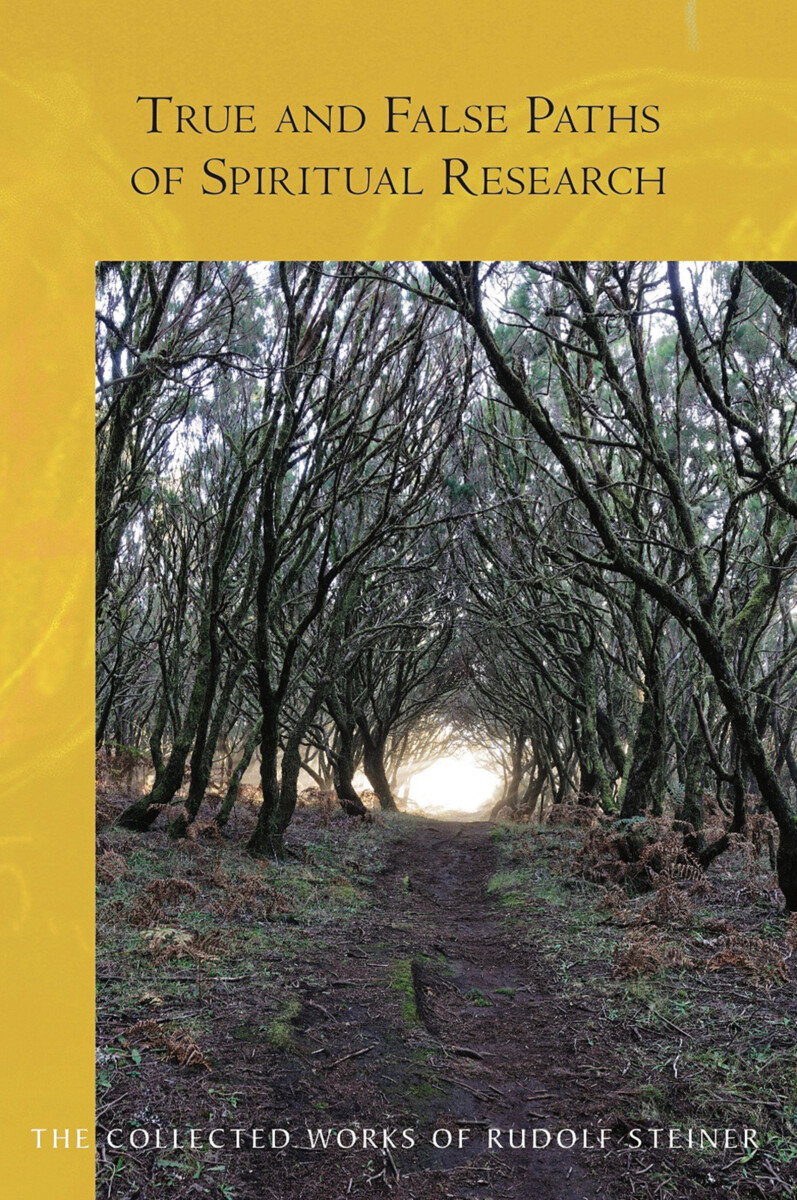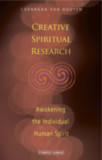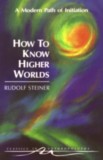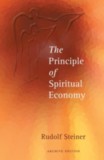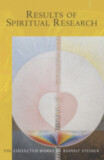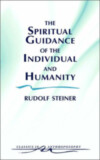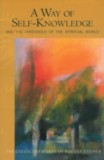True and False Paths of Spiritual Research
(CW 243)
Introduction by Paul King
Revised by Paul King
Translated by Harry Collison and A. H. Parker
- Publisher
Rudolf Steiner Press - Published
2nd November 2020 - ISBN 9781855845763
- Language English
- Pages 246 pp.
- Size 6" x 9"
11 lectures in Torquay, England, August 11–22, 1924 (CW 243)
“Bearing in mind we are dealing here with spiritual research and not just spiritual experiences in general, a ‘true’ path in this sense is one that leads to genuine and reliable results that advance our knowledge of the human being and the world. A ‘false’ path is one that uses methods that are inappropriate for the subject, or anachronistic, or occur in a drug-altered or dulled state of consciousness; for although these may involve momentous experience for the experiencer, they tend to be too subjective or chaotic to be of value for the purposes of knowledge” (from the introduction).
In these cherished lectures, Rudolf Steiner posits a question: Why investigate the spiritual worlds at all? He then explores the contemporary need for spiritual knowledge and authentic paths that can lead to it.
Speaking in Torquay, England, at the International Summer School (organized by his friend and colleague D.N. Dunlop), Steiner surveys the differences in various types of consciousness—from ancient to modern times, in waking and dreaming, from space into time—and the changes that have taken place in relation to knowledge and science in history.
Rudolf Steiner then discusses the mystery nature of crystallized minerals and metals, such as copper and silver, and their relationship to the planets. He also describes how the ages of life can become organs of perception. In a dramatic conclusion Steiner explains the role of moon beings; ahrimanic elemental beings; and the true nature of mediumship, ectoplasm, and spiritual possession.
Presented here in a fresh translation that corrects many errors in previous editions, the text is complemented with notes, an introduction by Paul King, and an index.
This volume is a translation from German of Das Initiaten - Bewußtsein. Die wahren und die falschen Wege der geistigen Forschung (GA 243). The previous edition was titled True and False Paths in Spiritual Investigation (1985).
C O N T E N T S:
Editor's Preface
Introduction by Paul King
1. Nature Is the Great Illusion: “Know Thyself” (Aug. 11, 1924)
2. The Three Worlds and their Reflected Images (Aug. 12, 1924)
3. Form and Substantiality of the Mineral Kingdom in relation to Human Levels of Consciousness (Aug 13, 1924)
4. The Secret of Research into other Realms through the Metamorphosis of Consciousness (Aug. 14, 1924)
5. The Inner Enlivening of the Soul through the Qualities of Metals (Aug. 15, 1924)
6. Initiation Science (Aug. 16, 1924)
7 Star Knowledge (Aug. 18, 1924)
8. Possible Aberrations in Spiritual Research (Aug. 19, 1924)
9. Abnormal Ways into the Spiritual World and How to Transform Them (Aug. 20, 1924)
10. Influences of the Extraterrestrial Cosmos as Human Consciousness (Aug. 212, 1924)
11. To What Extent is Spiritual Research Accepted? (Aug. 22, 1924)
Notes and References
Rudolf Steiner's Collected Works
Significant Events in the Life of Rudolf Steiner
Index
Rudolf Steiner
Rudolf Steiner (b. Rudolf Joseph Lorenz Steiner, 1861–1925) was born in the small village of Kraljevec, Austro-Hungarian Empire (now in Croatia), where he grew up. As a young man, he lived in Weimar and Berlin, where he became a well-published scientific, literary, and philosophical scholar, known especially for his work with Goethe’s scientific writings. Steiner termed his spiritual philosophy anthroposophy, meaning “wisdom of the human being.” As an exceptionally developed seer, he based his work on direct knowledge and perception of spiritual dimensions. He initiated a modern, universal “spiritual science” that is accessible to anyone willing to exercise clear and unbiased thinking. From his spiritual investigations, Steiner provided suggestions for the renewal of numerous activities, including education (general and for special needs), agriculture, medicine, economics, architecture, science, philosophy, Christianity, and the arts. There are currently thousands of schools, clinics, farms, and initiatives in other fields that involve practical work based on the principles Steiner developed. His many published works feature his research into the spiritual nature of human beings, the evolution of the world and humanity, and methods for personal development. He wrote some thirty books and delivered more than six thousand lectures throughout much of Europe. In 1924, Steiner founded the General Anthroposophical Society, which today has branches around the world.


